33 years ago today, Hungary tore the first hole in the Iron Curtain – PHOTOS
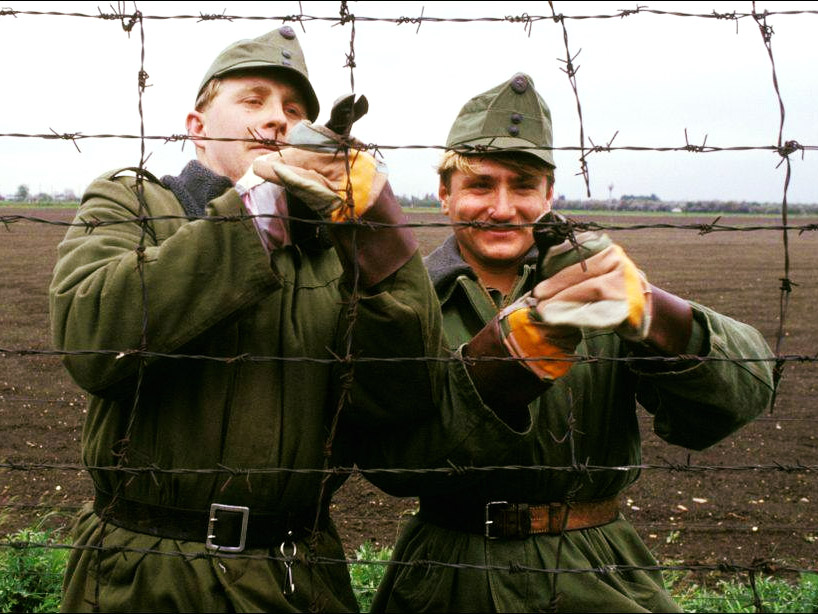
Today marks the 33rd anniversary of opening the Hungarian borders which meant the beginning of an end for communist governments all over central and eastern Europe. By this act, the country lifted the 40-year-long travel restrictions, enabling tens of thousands of people to reunite with their families, flee to the country for a better life abroad or just simply explore the world. The September ‘89 events are often considered the first cracks in the Iron Curtain.
The Iron Curtain was the symbol of dividing Europe into two separate areas after the end of WW2. The political, military and ideological barrier, erected by the Soviet Union, served the purpose of sealing off the USSR and its European allies – Hungary, Poland, East Germany, Romania, Albania and Czechoslovakia – from open contact with the West and other non-communist regions. Apart from violating human rights and freedom of movement, it also tore millions away from their friends and relatives who were living on the other side of the border. For instance, between the ’60s and ’80s, summer holidays at Lake Balaton meant the only way for western and eastern Germans to reunite with their families.
From the beginning of the ’60s until ’89, most recorded attempts to illegally cross the borders involved eastern Germans who aimed to reach West Germany through Hungary. Those who had been caught were arrested and handed over to the Ministry for State Security, the feared Stasi, and faced decades of imprisonment. Hungarians who tried to flee the country risked similarly harsh punishments.
- Read also: VIDEOS: King Charles III visits a small Transylvanian village populated by Hungarians every year
The demolition of the border fortification began in May 1989 at Hegyeshalom where border guards first switched off the 16-volt electric power and later started dismantling the entire stretch. Back then, the construction of these fences cost around 11,500 euros per mile, nevertheless, the guards were more than happy to get rid of them over the course of the following 18 months. In August, the Hungarian government decided to relax policies on illegal border crossing.
Even though they initially feared that the country would become the ultimate transit route for Eastern Europeans to the West, at the end of summer, Károly Nagy, head of the ministry’s refugee department, announced that first-time offenders would only receive a police warning while repeated offenders would have their passports stamped. It was a bold move since back in ’69, Hungary signed an agreement with East Germany, obliging it to pass on information about every border offender. Nevertheless, the borders remained heavily guarded even if fences and alarms were removed. Border guards were instructed to use their guns only in the case of self-defence.
The Pan-European picnic, a peace demonstration held on 19 August in the city of Sopron near the Austrian-Hungarian border, was also an important milestone in the process of the Iron Curtain’s fall and the German reunification. The idea of opening the Austrian-Hungarian border to test the Soviets’ reaction came from Otto von Habsburg, the then president of the Paneuropean Union and it was also supported by Miklós Németh, the Hungarian Prime Minister. At the picnic, thousands of Eastern Germans overran the old wooden gate, reaching Austria unhindered by the border guards. They took small bits of barbed wire from the fences as souvenirs and were given goulash and beer before being driven to Vienna. Finally, the government’s decision to completely open the borders was announced and broadcast at 7 pm on 10 September 1989 both on Hét television programme and on Magyar Rádio (the Hungarian national radio station). As a way of celebration, people were opening champagne bottles and cursing East Germany on the streets and at the border. By midnight, there were kilometre-long traffic jams at the border crossing points. According to historian Ágnes Jobst, in the first 30 hours, border guards counted 1,835 eastern German cars and 9,092 people crossing the borders.
Hungary’s decision to open the borders meant the first crack on the Iron Curtain resulting in the collapse of the communist regime all over Eastern Europe.
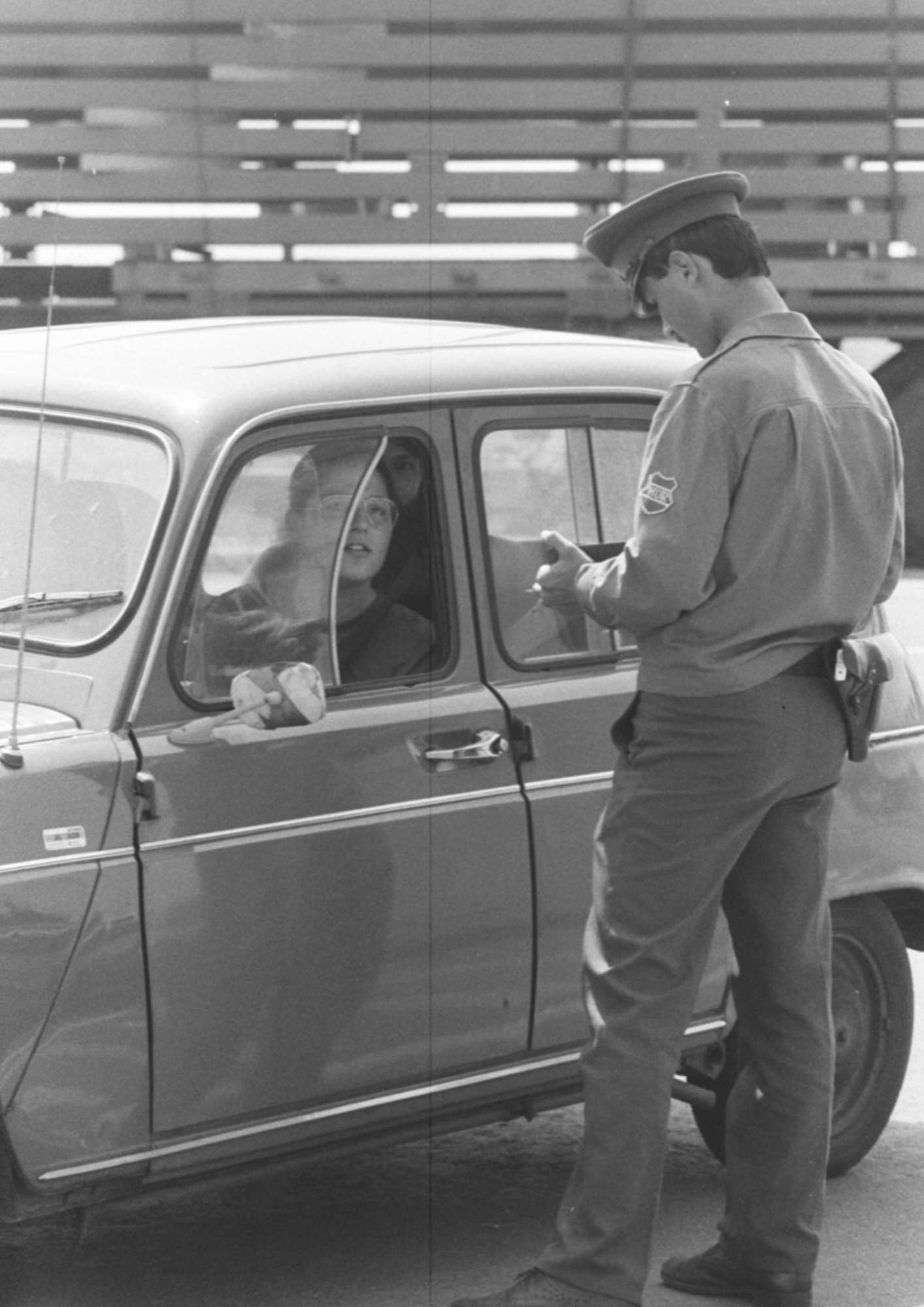
Source: Fortepan 188188

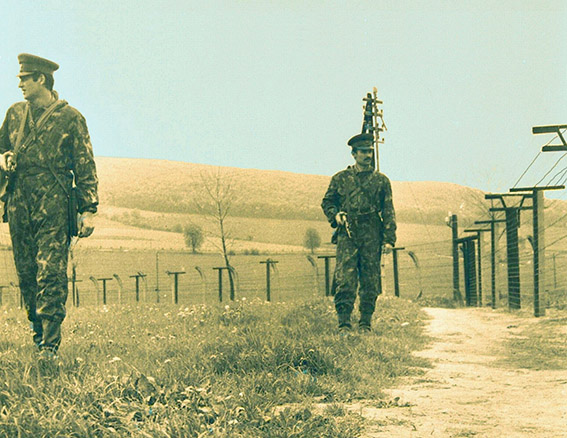
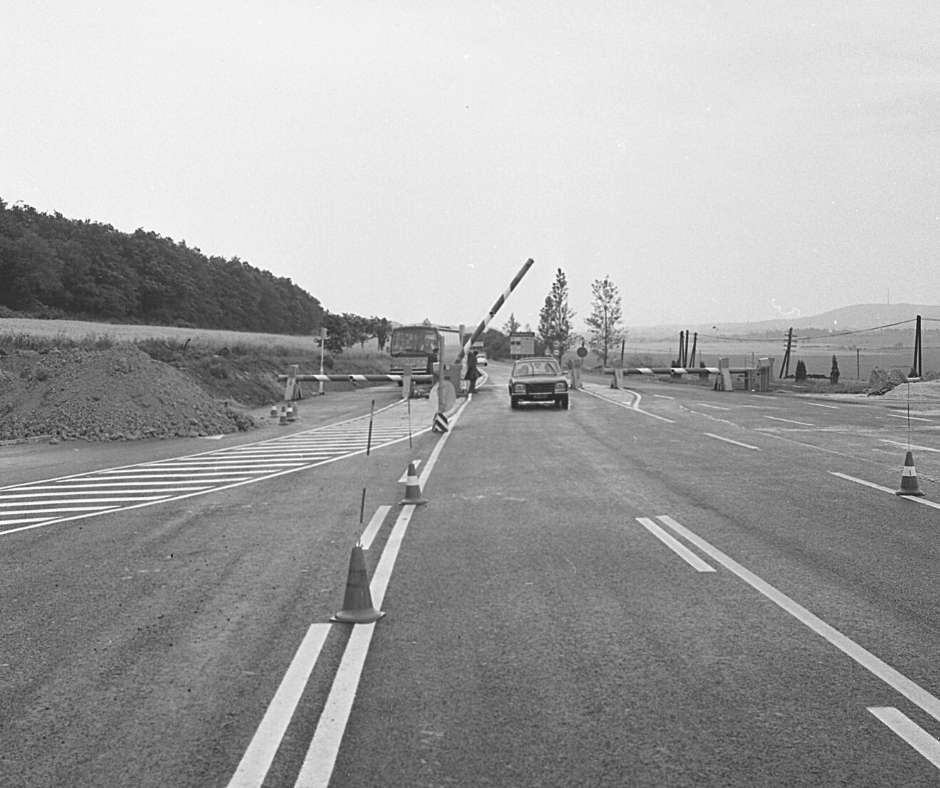

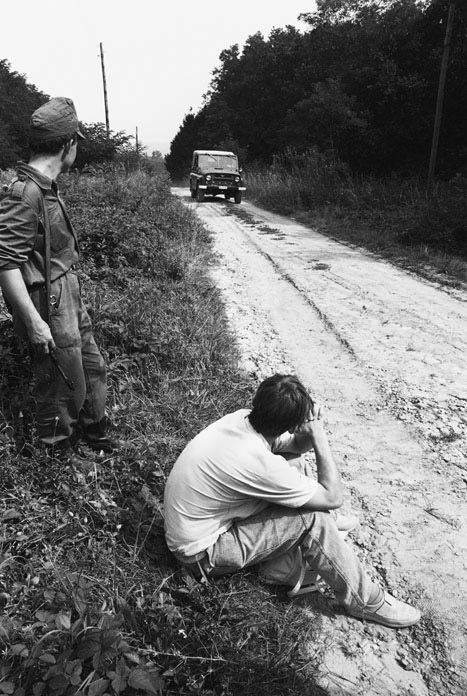
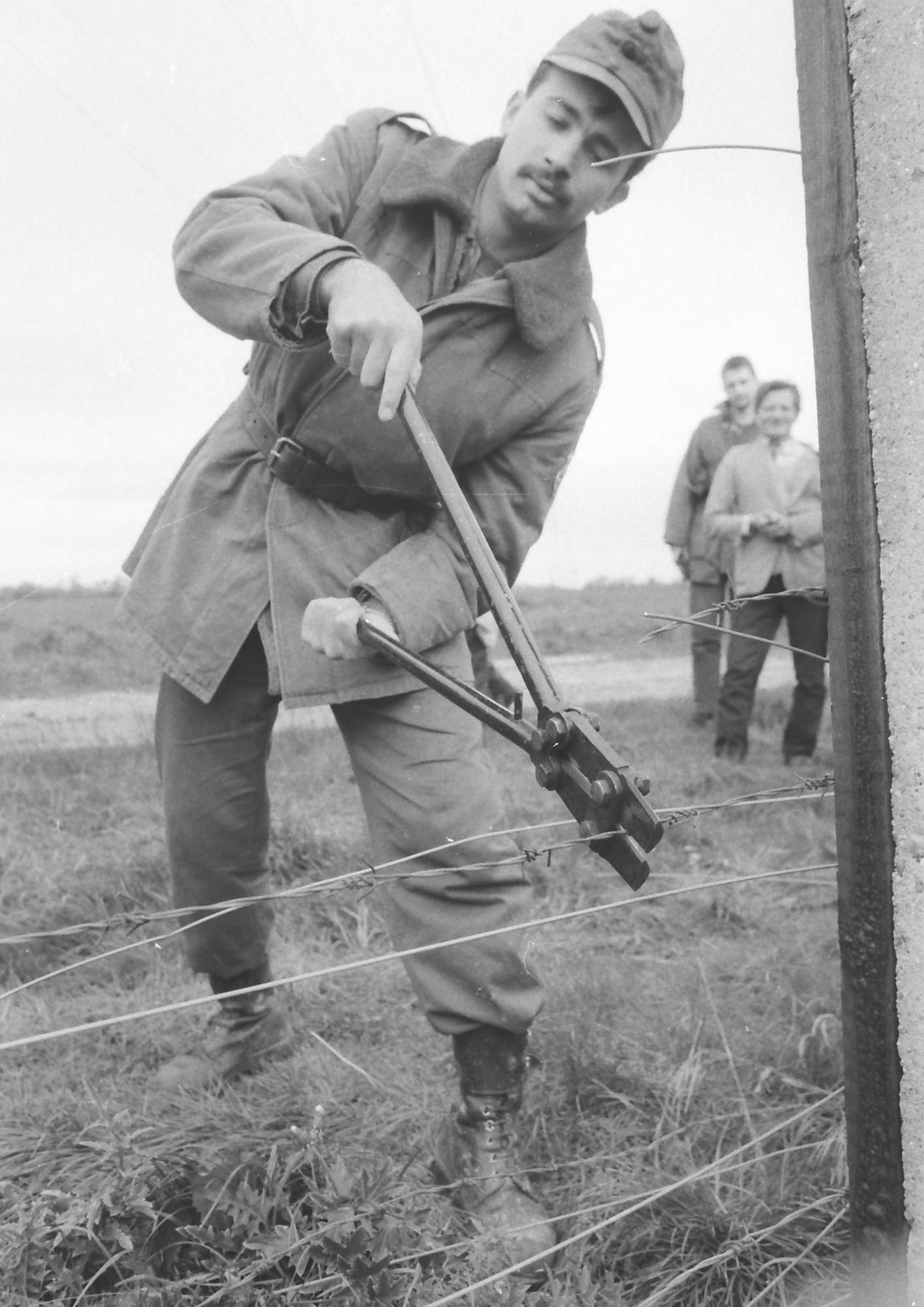

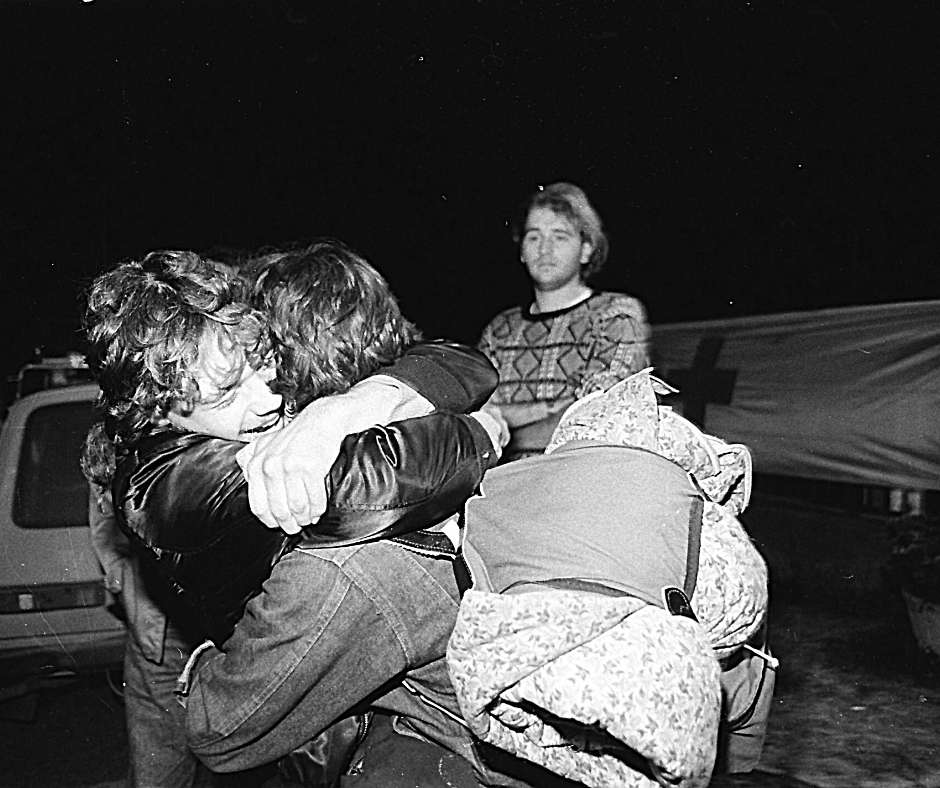
Source: arsmilitaria.blog.hu






You might want to mention over 40 years of billions of US tax payer money that ended the USSR and they are still paying the majority defense for Europe that has 4 times as many people as the US. The Ukraine war is a a direct result of EU
stupid.